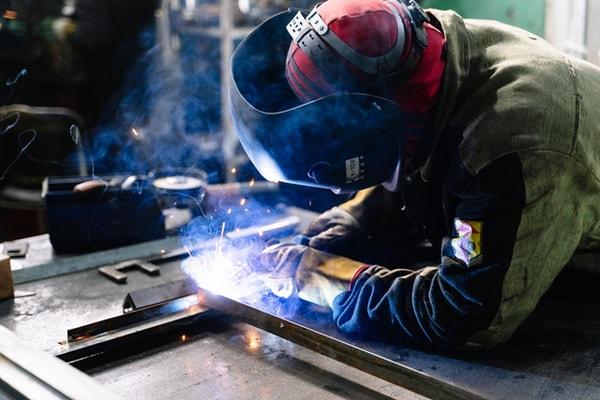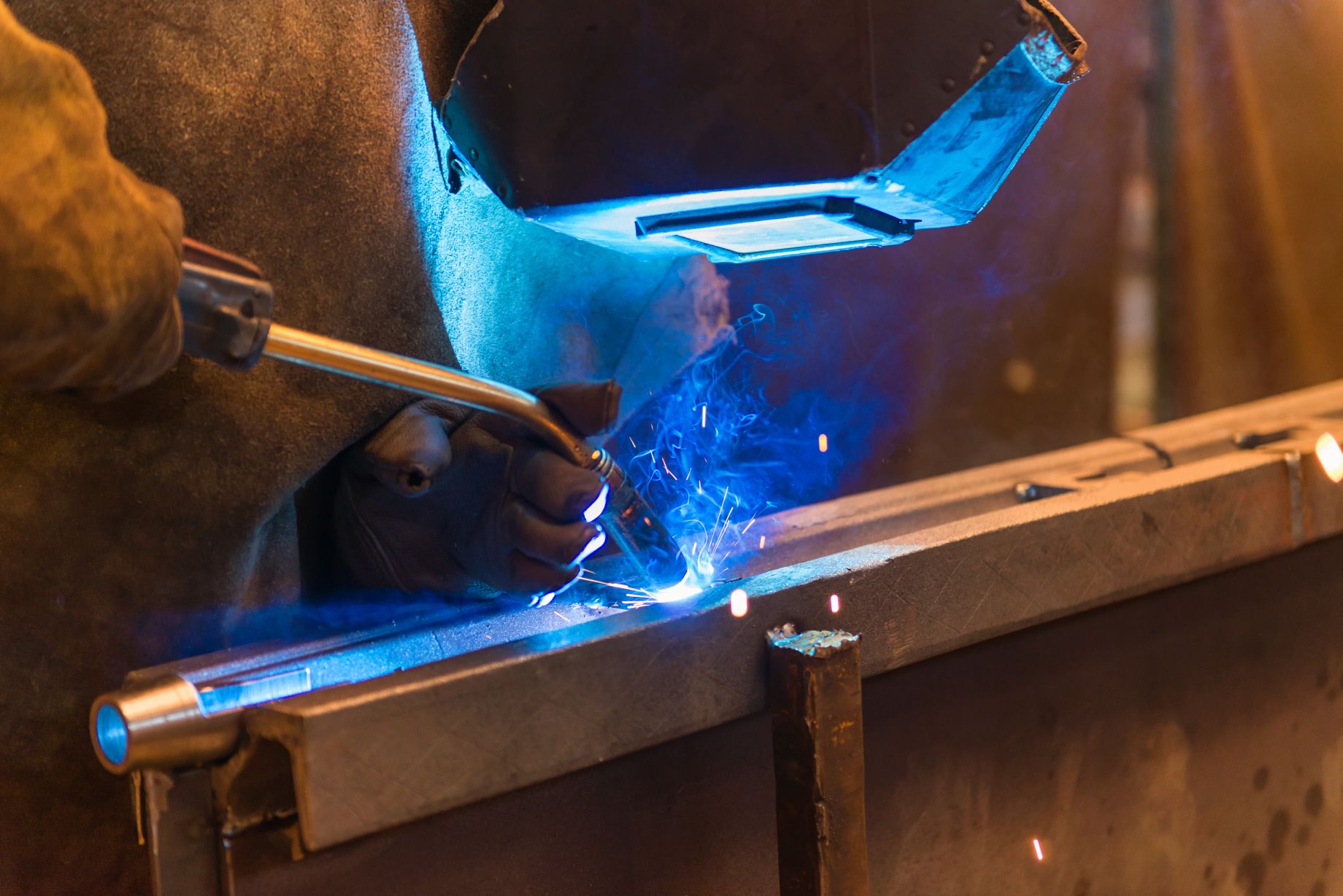Optimizing Your Welding WPS: Strategies for Improved Performance and Effectiveness
Optimizing Your Welding WPS: Strategies for Improved Performance and Effectiveness
Blog Article
Mastering Welding WPS Specifications: Best Practices and Techniques for Quality Welds
In the realm of welding, mastering Welding Procedure Spec (WPS) standards is an essential component that directly affects the top quality and honesty of welds. Complying with these criteria makes certain consistency and integrity in welding end results. However, accomplishing quality in welds goes beyond just understanding the criteria; it includes implementing finest practices and methods that boost the craft to a level of precision and ability that distinguishes the average from the extraordinary. As we navigate with the details of welding WPS requirements, discovering crucial understandings and methods for achieving top-tier welds will certainly be vital for welders seeking to master their craft and create welds that stand the test of time.
Understanding Welding WPS Criteria

Examiners rely on WPS paperwork to verify that welding procedures are being complied with correctly and that the resulting welds are of high top quality. Engineers use WPS criteria to create welding treatments that ensure the sturdiness and dependability of welded frameworks.


Essential Tools for Quality Welds
Mastering welding WPS criteria is vital for welders to efficiently use the necessary devices required for generating high quality welds. One of one of the most essential tools for quality welds is a welding equipment. The kind of welding machine needed relies on the welding procedure being used, such as MIG, TIG, or stick welding. Welding helmets are likewise essential to shield the welder's eyes and face from stimulates, warmth, and UV radiation. Additionally, welding handwear covers made from heat-resistant and resilient materials safeguard the hands from burns and injuries. Magnets and clamps assist hold the workpieces together securely throughout the welding process, ensuring accurate and accurate welds. Cable brushes and breaking hammers are important for cleansing the weld joint before and after welding to remove any type of contaminations that could affect the top quality of the weld. Lastly, a determining tape and angle mill work tools for guaranteeing correct placement and preparing the workpieces for welding.
Secret Methods for Welding Success
To attain welding success, one must master the key methods important for generating premium welds. Keeping a stable welding and a constant hand setting throughout the process is vital to accomplishing accuracy and these details consistency in the welds. By mastering these key strategies, welders can raise the quality of their work and achieve welding success.
Ensuring Compliance With WPS Specifications

Additionally, maintaining thorough documents of welding parameters, devices calibration, and inspection outcomes is critical for showing compliance with WPS standards. By carefully sticking to WPS standards, welders can ensure that their job fulfills the necessary top quality degrees and contributes to the general success of the welding project.
Troubleshooting Common Welding Issues
When faced with common welding concerns, identifying the origin is vital for reliable troubleshooting. One common trouble is the visibility of porosity in welds, usually triggered by pollutants such as oil, moisture, or rust. To address this, ensuring appropriate cleaning of the base metal before welding and using the proper shielding gas can significantly lower porosity. One more issue often come across is lack of blend, where the weld fails to correctly bond with the base product. This can originate from poor heat input or improper welding technique. Adjusting parameters such as voltage, cord feed rate, or travel speed can help boost blend. Additionally, distortion, cracking, and spatter are typical welding obstacles that can be alleviated through correct joint preparation, constant warmth control, and picking the proper welding consumables. By thoroughly understanding these typical welding problems and their origin, welders can successfully repair issues and attain premium welds.
Conclusion
Finally, grasping welding WPS standards calls for a complete understanding of the guidelines, making use of essential tools, and implementing crucial strategies for successful welds. Guaranteeing conformity with WPS standards is vital for producing top quality welds and staying clear of usual welding problems. By complying with finest techniques and methods, welders can attain trusted and regular cause their welding tasks.
In the world of welding, understanding Welding Treatment Requirements (WPS) standards is an important element that straight affects the high quality and honesty of welds.When diving right into the world of welding techniques, an essential element to comprehend is the value and intricacies of Welding Treatment Specification (WPS) requirements. WPS standards provide a comprehensive guideline for welding procedures, ensuring consistency, top quality, and safety in the welding procedure. The type of welding device required depends on the welding procedure being used, such as MIG, TIG, or stick welding.Accomplishing welding success via the mastery of vital techniques necessitates a thorough understanding and adherence read this to Welding Treatment Specification (WPS) criteria.
Report this page